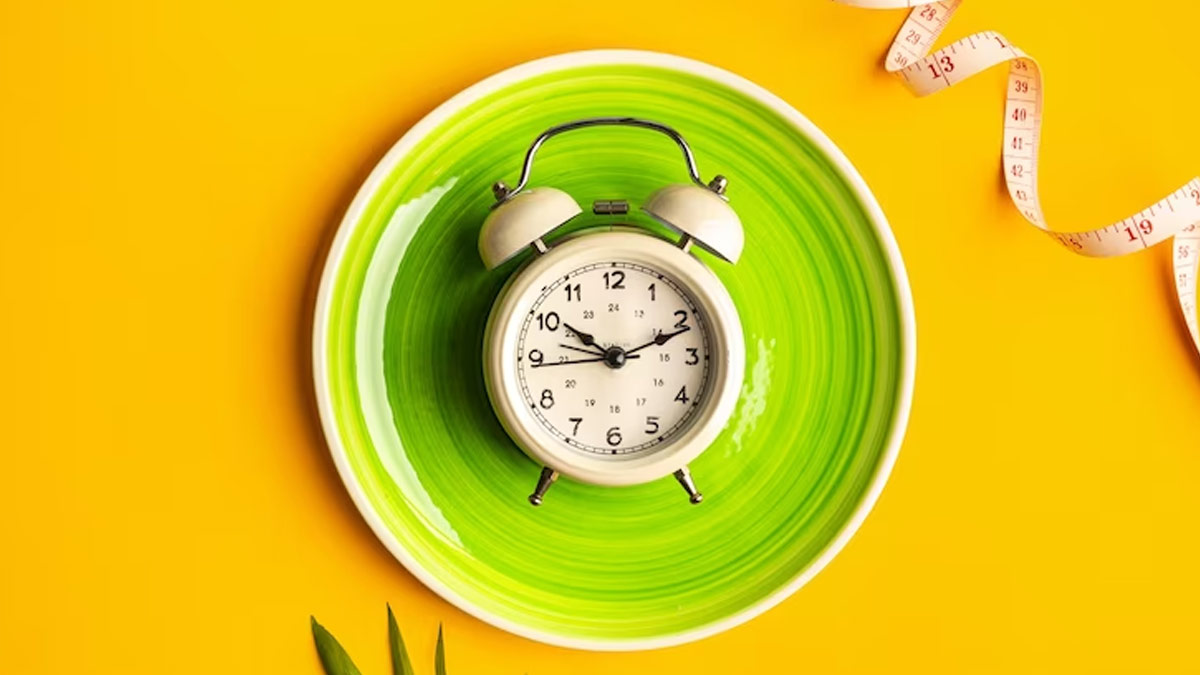
How often have you skipped meals and restricted your favourite foods to lose weight? Probably every time you have considered dieting and getting in shape. But what if you could eat your favourite meal once a week and it would help you lose fat? Would you go for that diet plan or just pass?
If you follow Instagram accounts that post about health or fitness, you may have noticed the hashtag "carb cycling" paired with everything from chocolate cereal to high-protein salads. The carb cycling diet, which works by staggering the number of carbs in your diet, first gained popularity among bodybuilders, but it has recently become more mainstream. So here is a look at what carb cycling is, how it works, and how you can do it.
What Is Carb Cycling?
Carb cycling, commonly referred to as the intermittent low-carb diet is a way of consuming carbs in which you alternate between eating high, moderate, and low amounts of carbs each day. Similar to the keto diet, where you eat fewer carbs and more fat and protein, carb cycling focuses just on carbs. According to the theory behind carb cycling, eating low-carb on certain days puts you in a fat-burning state while eating high-carb on days increases your metabolism.

How Does Carb Cycling Work?
The idea behind carb cycling is to eat very few carbs for three days in a row, followed by a day of eating a lot of carbs. The high-carb day will recharge your body and speed up your metabolism, resulting in even more fat loss just as your body's stored carb reserves are about to be depleted. Assume you consume 100 grams of carbs for the first three days and then increase to 300 grams on the fourth day.
Also Read: 5-Day Keto Diet Plan: Top Foods To Eat Things You Should Know
A weekly carb cycling diet might include two high carb days, two moderate carb days, and three low carb ones. For example, on Monday and Tuesday you will consume 100 grams of carbs, then on Wednesday you increase it to 300, and on Thursday, you maintain a moderate carb day, which includes eating 200 grams of carbs; Friday again you go low on carbs, Saturday moderate, and Sunday is high carb again.

Protein intake is typically consistent from day to day, whereas fat intake varies according to carb intake. A high-carb day is usually also a low fat one, whereas a low-carb day is a high fat one. Moreover, there is no requirement that two consecutive days be low-carb; you can vary according to your needs, but there should at least be three low-carb days per week.
Carb Cycling For Weight Loss
Carb cycling can work great for you if you reach a weight loss plateau or are tired of eating the same foods daily. As when you manipulate your carb intake, you have the opportunity to enjoy high-carb food at least twice a week. Remember that in carb cycling, there is no mention of calories, and to lose weight, you need to be in a calorie deficit. So even if you are on a low-carb diet, but your calories are high for that day, you may end up gaining weight. The best way is to first calculate your maintenance calories and then indulge in carb cycling.
Also Read: From Insomnia To Mood Swings: 5 Signs You Need A Break From Dieting
Bottom Line
Carbohydrate manipulation can frequently result in a difference in energy levels. Moreover, there is no mention of how low you have to go on a low carb day; perhaps you consume 600 grams per day; if so, 300 grams is low for you, 400 moderate, and 450 high. Therefore, monitoring your carb intake before beginning your low-carb day is critical.
Image Credit: Freepik
Also watch this video
How we keep this article up to date:
We work with experts and keep a close eye on the latest in health and wellness. Whenever there is a new research or helpful information, we update our articles with accurate and useful advice.
Current Version